Having worked as a professional photographer for more than 35 years, Don Bersano has built a unique career photographing fitness and glamour subjects through the use of imaginative and intuitive lighting strategies. Bersano’s portrait work has been widely circulated in numerous publications in the United States and abroad including Oxygen magazine, Muscular Development, Maxim, FHM, Fitnorama Magazine United Kingdom, Planet Muscle, Chicago Sun-Times, Playboy, and Muscle and Fitness to name a few. This week the COMP Magazine caught up with Bersano in Joliet, Illinois, to discuss his early days defining his technique, the photographers he has looked to for inspiration, how he has sustained a professional career over an extended period of time, and how he now passes on this wealth of knowledge to the next crop of creative talents through his teaching and evolving studio practice.
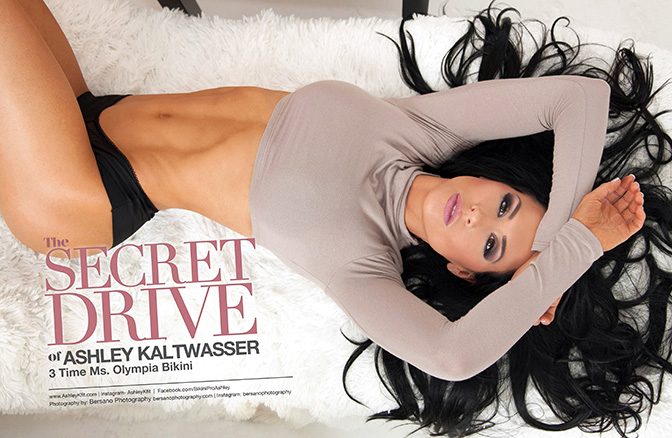
Can we start with a background? You have been making photographs and working as a professional photographer for a number of years. Perhaps, you can share with us an early experience that prompted you to invest your life in this pursuit?
I attended a private grade school (St. Patrick’s, Joliet, IL) in the 1970’s where we did not have extracurricular classes such as photography. When I was in 8th grade one of our science teachers who did some freelance work for National Geographic, offered to teach a photography class after school to any students in our grade that had an interest in learning how to use a camera. I started attending the classes using my parents only camera, a Kodak Instamatic 404,126 film cartridge camera (which by the way I still have and proudly display on a shelf in my studio that contains various antique camera’s from family and friends). The classes only lasted a few weeks, but the classes and teacher had an incredible impact on me. I fell in love with photography and all the creative things I could do with it. Needless to say, 47 years later that passion for photography still exists.
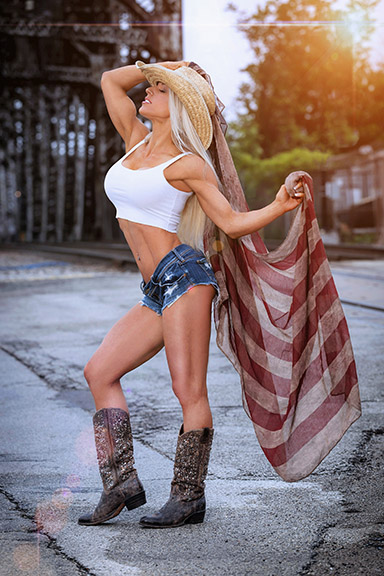
Freshman year of high school I saved enough money to purchase my first 35mm film camera. A Canon Tlb with a 50mm 1.8 lens.Today, I still continue to shoot with Canon products and have so for the past 40 plus years. As I first started using a camera in my early teens, I was just getting my feet wet, learning as much as I could on my own about the inner workings of the camera, light, film, etc. To improve my knowledge and learn as much as I could about a craft I was quickly becoming very passionate about, I attended night classes in photography at a local public high school where I learned how to develop black and white film and how to print using an enlarger and darkroom techniques. Fashion photography became something I was interested in and I began photographing many of my high school friends to start building a portfolio.
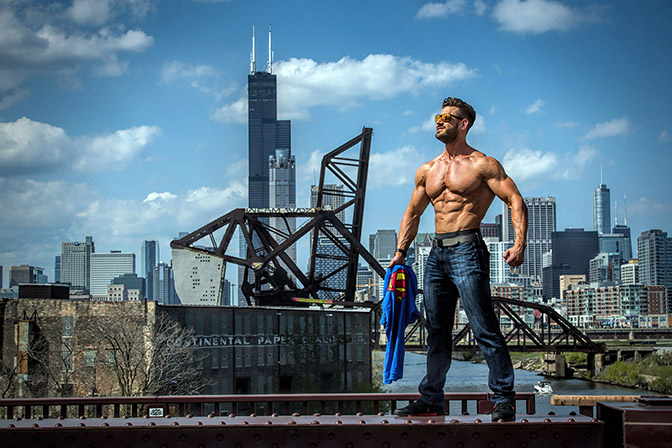
(Noah Defraties, from Las Vegas, Nevada), May 2019.
Who were some of the photographers you found interest in or studied/worked with? How did they impact the way you thought about and made images?
I enjoyed following photographers Richard Avedon and Robert Farber. Avedon expanded the genre of photography with his surreal and provocative fashion photography as well as portraits that bared the souls of some of the most important and opaque figures in the world. Farber’s style has influenced generations of photographers myself included. His painterly, impressionistic style captures the essence of composition in every genre, including nudes, still life, landscapes and architecture. His ten photo art books have sold over half a million copies.
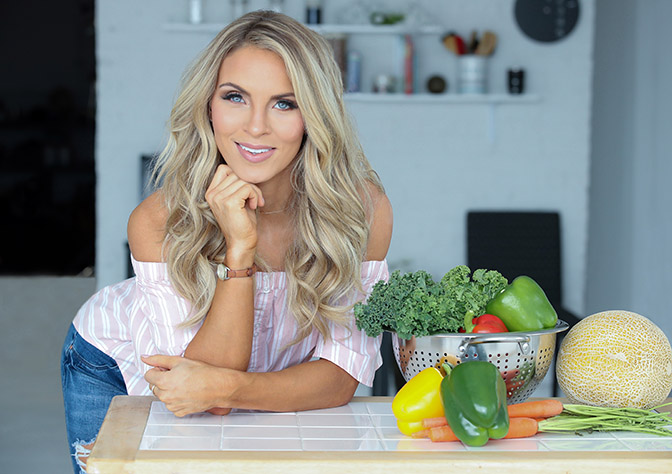
During my time in High School I was fortunate enough to work as an assistant with a few Chicago area Commercial photographers. One of the best and most talented photographers in the Chicago area who had the most impact on my career as well as being a huge mentor was commercial photographer Lyal Lauth. Lyal left the newspaper industry to start his own Commercial photography business in Chicago. Previously he was an Associated Press photography award winner in 1975 while working for the Joliet Herald for his image of a woman being held hostage in front of a downtown Joliet Jewelry store. Lyal attended Brookes Institute of Photography in Ventura, California and was a master of his trade. I tried to absorb and learn all I could working with Lyal as an assistant on and off through high school and also while I attended Columbia College in Chicago. Working as an assistant with Lyal, I was able to not only learn the inner workings of a studio, lighting techniques and working with clients, but also the business aspect of running a successful studio. Something that would prove valuable later in life as I opened my first professional photo studio. He had a very easy and outgoing going personality which immediately made his clients feel at ease and comfortable. Something I have carried over to my business dealings with my clients. Lyal knew I was photographing many of my friends and encouraged me to take my work to the next level arranging a shoot with a professional model listed with a top Chicago modeling agency. The client and agency were extremely pleased with the images and began sending their talent to me to photograph for their comp cards and portfolio work. This opportunity and my style of photography opened the doors for me to work with many of Chicago’s top modeling agencies including Shirley Hamilton, David & Lee, Stewart Talent, Shirley Hamilton and Playboy for many years.
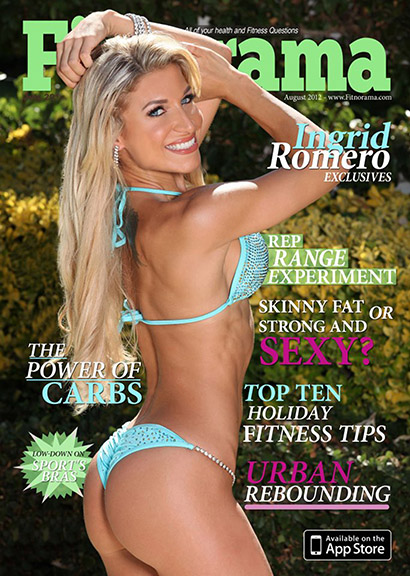
Fitnorama Magazine, UK, August 2012.
Let’s talk about the transition from analog (film) to digital. When did you make the transition? What are some of the advantages and disadvantages you see with each?
I made the transition from analog (film) to digital in November 2001 purchasing a 3.3 mp Olympus digital camera. Digital was starting to become popular but I wasn’t quite ready to dive completely into the digital realm quite yet. With 25 years of analog / film photography experience at the time and a comfort level with 35mm film photography it was hard to part with the traditional style of photography, I finally gave in in 2003 purchasing the Canon 10D 6.3 mp camera with interchangeable lenses. As far as advantages and disadvantages. There was a clear learning curve to stepping out of the orange lights of the darkroom and beginning to learn similar processing techniques, terms and procedures using a new program at the time called Photoshop on a computer. We laughed saying “like this Photoshop is going to replace the standard darkroom. Yeah right” Well, years later it (Photoshop) has replaced the standard darkroom techniques. It has streamlined the editing process immensely and includes all the old school editing techniques as well as some increasingly new methods to create some creative and stunning digital looks with Adobe products! It is much easier to catalogue and store digital images and digital work done on a computer eliminates the need for chemicals and paper purchases. But there is still something very satisfying about shooting film, developing the film in the darkroom and creating an original black and white print in the darkroom that can’t compare to digital. I see it in the excitement and expressions of current and past photography students who develop their first roll of film and create their first print in the darkroom. Its quite the experience and gratifying for them! I think it also gives students an appreciation for all the work that past photographers like Ansel Adams, Dorthea Lange and Edward Weston put into their craft.
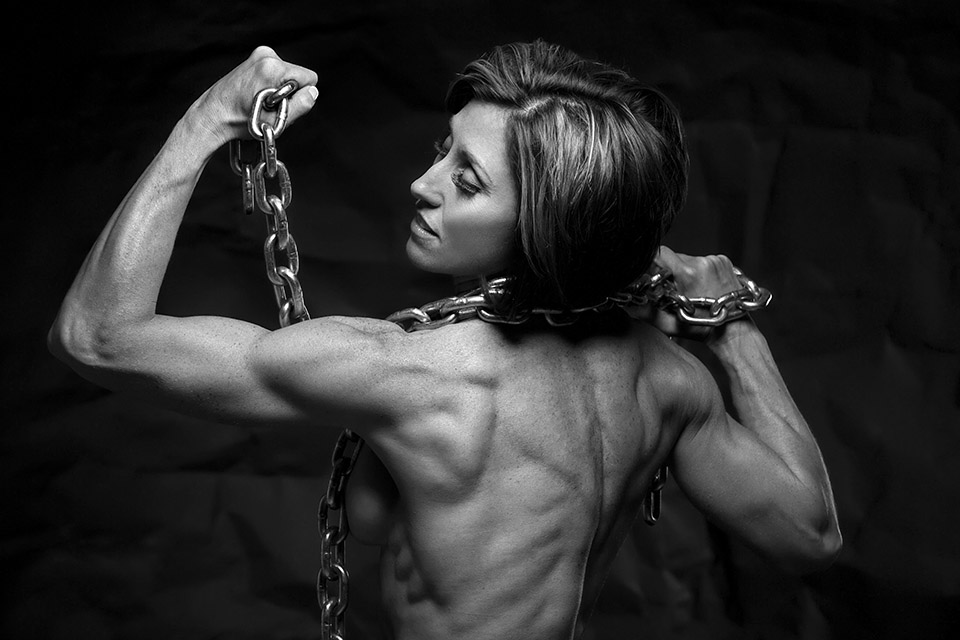
You are known for photographing people for a variety of publications and personal use. Can you share with us your approach to photographing people? What are some of the important people skills you see as essential in this practice?
Having a background in Fashion, Editorial, Commercial, Glamour and Fitness photography, I try to combine a little of every medium that I have worked with over the past 35 years into my images which I think gives them a distinct style and look. Those that have booked or worked with me know that the photoshoot day is all about the client. My main goal is to make it a memorable, fun and exciting experience for anyone that walks through the studio doors. I don’t ever want the client to feel rushed or hurried, after all they are making an investment in a photoshoot and if they think highly enough of my work to book with me, they get my undivided attention. Prior to the shoot we have already discussed shoot ideas and concepts, the amount of looks (outfits) we want to do, the approximate length of the shoot and how many make up and hair looks. Im a firm believer in talking to the client as much as necessary prior the shoot to make sure we have all our ducks in a row. I also know that those discussions build a rapport and comfort level prior to the shoot and in turn create a positive experience. On the day of the shoot, I generally meet with the client at the studio at 9 a.m. We look over outfits that the client brings and add suggestions to outfits or possible outfit changes.Make up and hair generally take an hour to and hour and a half and then we begin shooting. I always try to create a comfortable atmosphere and stay positive and open to ideas. I also want to create a productive work environment but one with some humor as well. As much as shoots are planned, some of the best images come from spontaneous moments. I normally try to get 4-6 different looks for the client with variety they can use, but that can vary depending on what specific styles the client wants. Working with fitness clients, I always make sure I allow time for their meals as many of the shoots are done close to shows they are competing in. Either way, I always strive to capture what the client is there for. Great shots, an enjoyable day and memorable experience. I will always do my best to allow for a full day of shooting so we normally finish around 5
or 5:30 p.m.
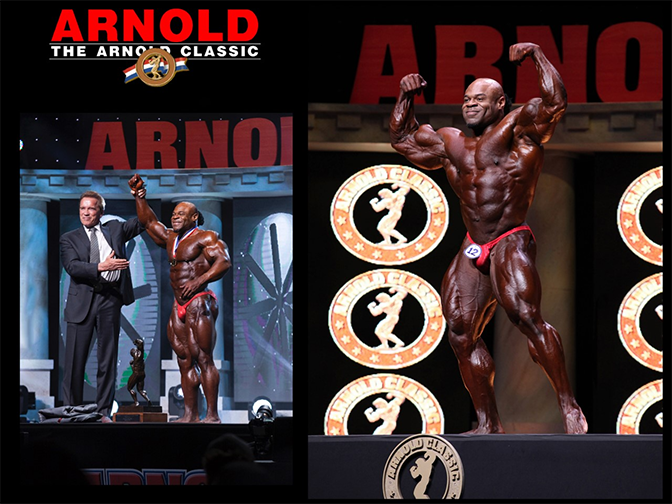
Planet Muscle Magazine, 2016.
How did you get started in Fitness Photography and what was your first big break in the industry?
I share this story with many of my clients as well as college students in my class and those that come for visits with their fellow students and Professors as you never want to pass up an opportunity in your industry. I have been in the photography field for over 40 years and I have been shooting Fitness clients and models since 2006. I began speaking with a fitness competitor back in the Summer of 2006 that mentioned she was coming to Chicago to compete in a fitness competition called Jr. Nationals. At the time I was shooting a lot of Fashion and Glamour style images including work that was published in Maxim and FHM so I really wasn’t familiar with the fitness competitions and had no clue what Jr. Nationals was. The fitness model that I spoke to was extremely kind, energetic and down to earth and we developed a great rapport through e-mails and phone calls discussing themes and ideas we wanted to shoot when she was in Chicago for her competition. We had great shoot day that consisted of photographing a variety of outfits and looks and a few weeks after the shoot when she received her images, she contacted me saying there was a magazine that wanted to do a 16 page layout on her and they were interested in running some of the photos. The magazine published 6 of my images out of a 16 page layout. What made it more exciting, was that the kind, energetic and humble young lady that I was fortunate to shoot with when she was just starting out was non other than Jamie Eason, who turned out to be and still is one of the most respected names in the Fitness industry and a name that’s known and followed throughout the world. To this day, I always have to thank Jamie Eason for getting me started in the photography end of the fitness industry and she still remains a wonderful friend. It’s interesting that throughout your life, you never know who you will run into that can create such a positive change in your career. I share that with students to never turn down an opportunity that can build their business
and brand.
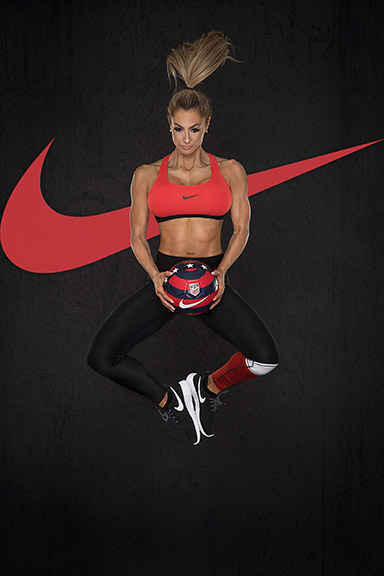
with Professional Trainer and
Athlete Laura Michelle Preston, 2015.
You make your living as a commercial photographer, but also make personal work. Are there specific items you define that set this apart? In addition to commercial work, what else are you photographing?
The majority of my work at the moment is for fitness clients, commercial headshots and product photography which I consider my main form of work and the bulk of what I do. These shoots require more planning, scheduling and preparation with clients. On the flip side, I also photograph and sell many of my landscape and cityscape images of Chicago as well as nature photos that I enjoy shooting. I consider the nature photos more of a release and something I do on the side for enjoyment, creating the opportunity to get outdoors to enjoy the environment and photograph a totally different subject and genre than what I do in studio. Much more random as opposed to a scheduled regiment.
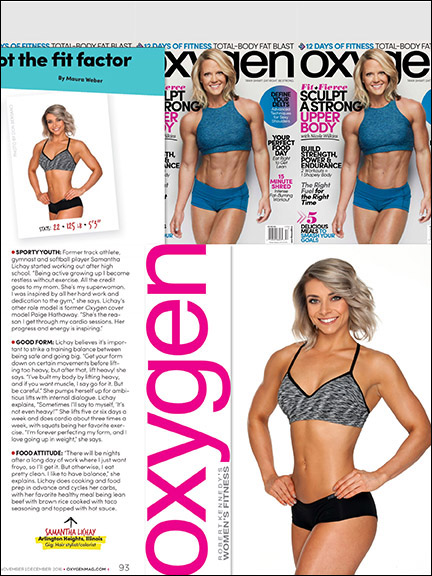
November/December 2016
You are now teaching in the Art & Design Department at USF, what are some of the consistent items you hope to demonstrate to your students?
I see a lot of myself when I was the same age (18 through 20) as the students enrolled in my classes. Trying to choose a career path, wondering if you made the right decision, if you’ll be able to be successful and fulfill something you dream of doing in life. It’s my responsibility to demonstrate, teach and share techniques and principals that will encourage and enrich a students talents. Being a professional in the photography field, I am able to share successes as well as challenges that one may encounter in this line of work and what students will need to do to achieve those successes and be passionate about their career choices. To be supportive and always make myself available for any questions or help a student may need. That’s what I try to demonstrate to my students throughout my classes.
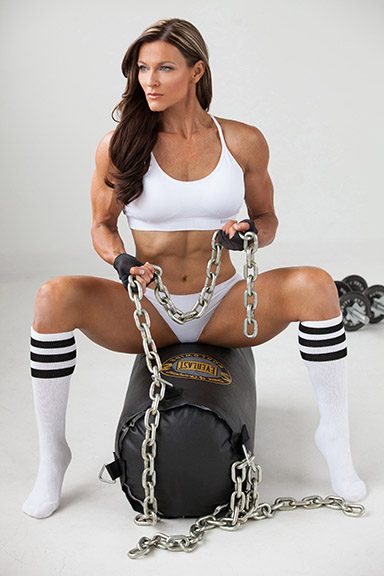
Personal Trainer (Aimee Welu), March 2017
What do you value most in your photography practice?
Integrity, Respect and Professionalism. Keeping your word and delivering what you promise to a client. I also value the friendships and loyal clients that have evolved with hard work over many years.
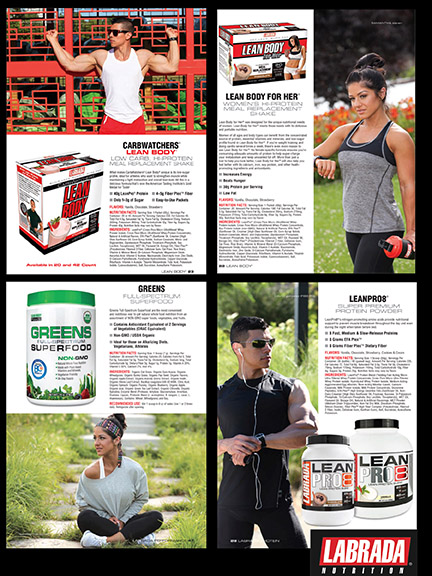
We are now moving through the Covid-19 pandemic. Life appears to be moving in a direction that appears normality will be realized in the (near) future). How did this impact your work? What do you hope to take from this experience? What’s on the horizon?
It is evident that a pandemic of this proportion has effected a multitude of businesses mine included. But first and foremost everyones health and well being should be the number 1 concern. We have had to learn to run our businesses in a safer more efficient manner. Things are starting to return back to some sense of normalcy and I’m a firm believer that if you treat clients right, they will return. It leads one to not take anything for granted, especially with the events of 2020.
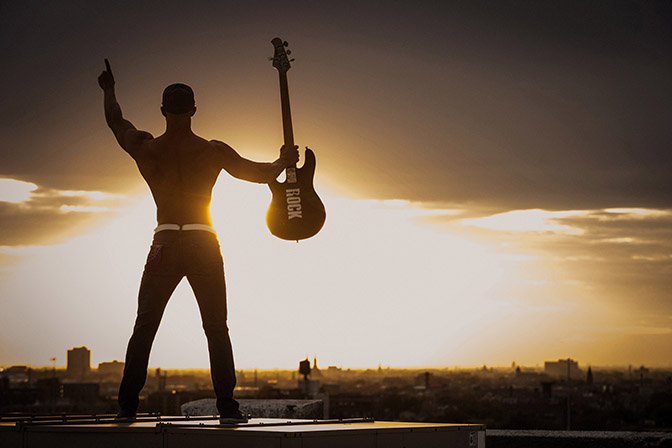
Rock Musician (Drew Johnson), October 2016.
As far as what’s on the horizon….I am in the process of rebuilding my new website which I am very excited about and it will be launching soon. I also want to continue to grow in the industry, get more of my work in circulation and continue to challenge myself to create new and inspiring images and styles that will lead to more clients. Its very gratifying when you see the positive impact you have on a client after they spend a few hours in front of your camera. The confidence, energy and positivity that comes from the day is contagious and people are usually on what we call a “shoot high” for many days after from such a positive and empowering experience.
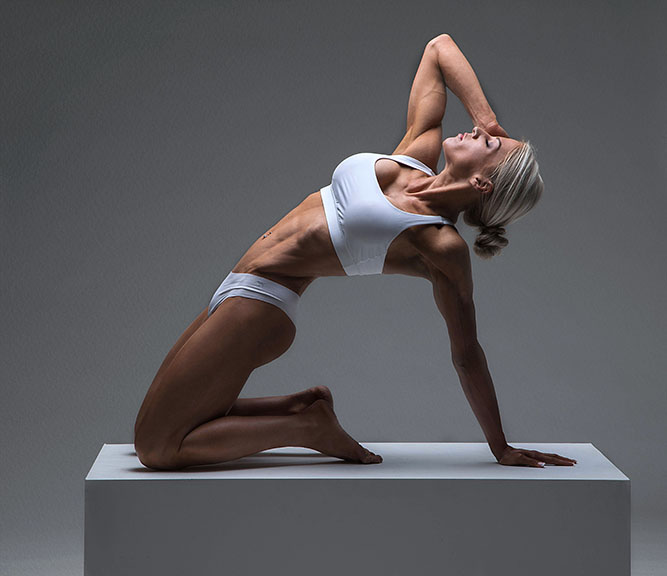
Links to additional information on the photography practice of Don Bersano:
Don Bersano (under development) – http://www.bersanophotography.com/
Instagram – @bersanophotography
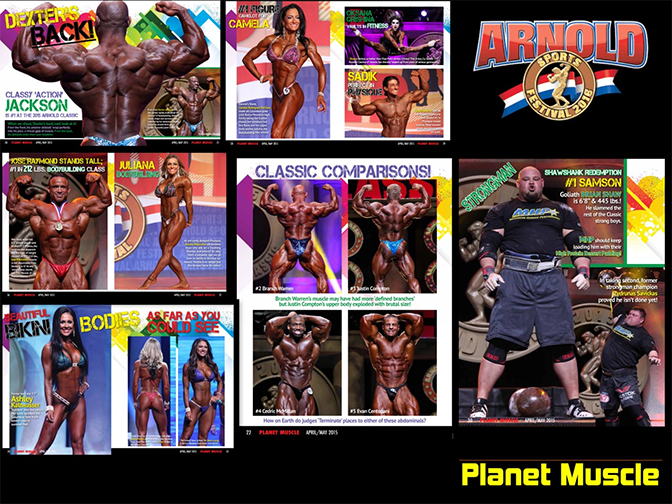
Planet Muscle Magazine, tear sheet, April/May 2016
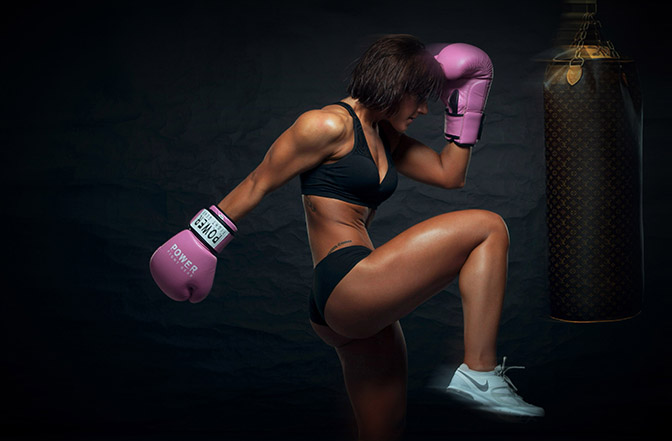
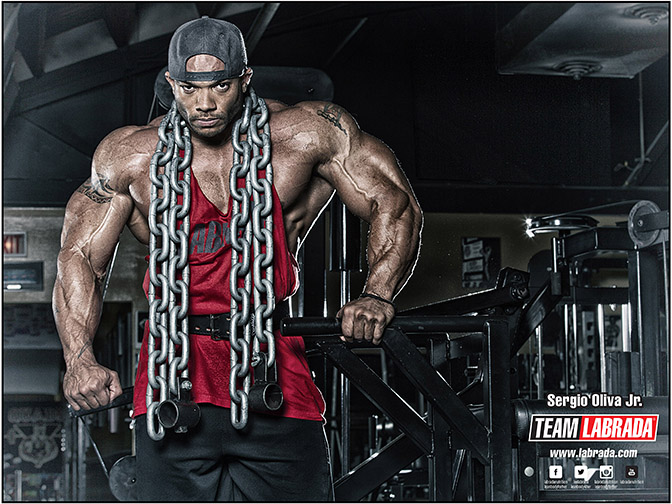
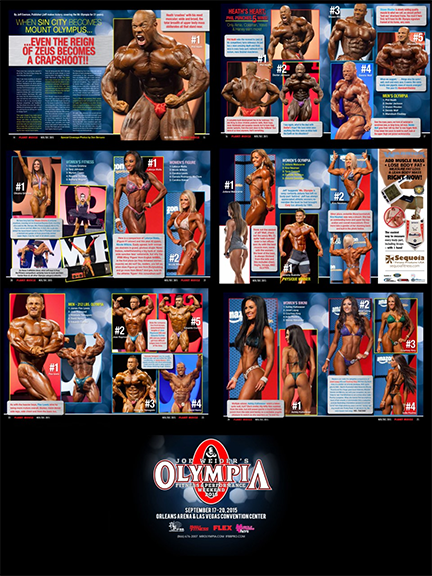
Las Vegas, Nevada, September 2015.
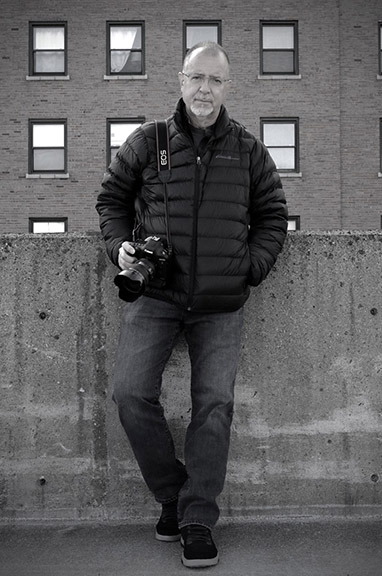
Photographer interview and portrait by Chester Alamo-Costello


